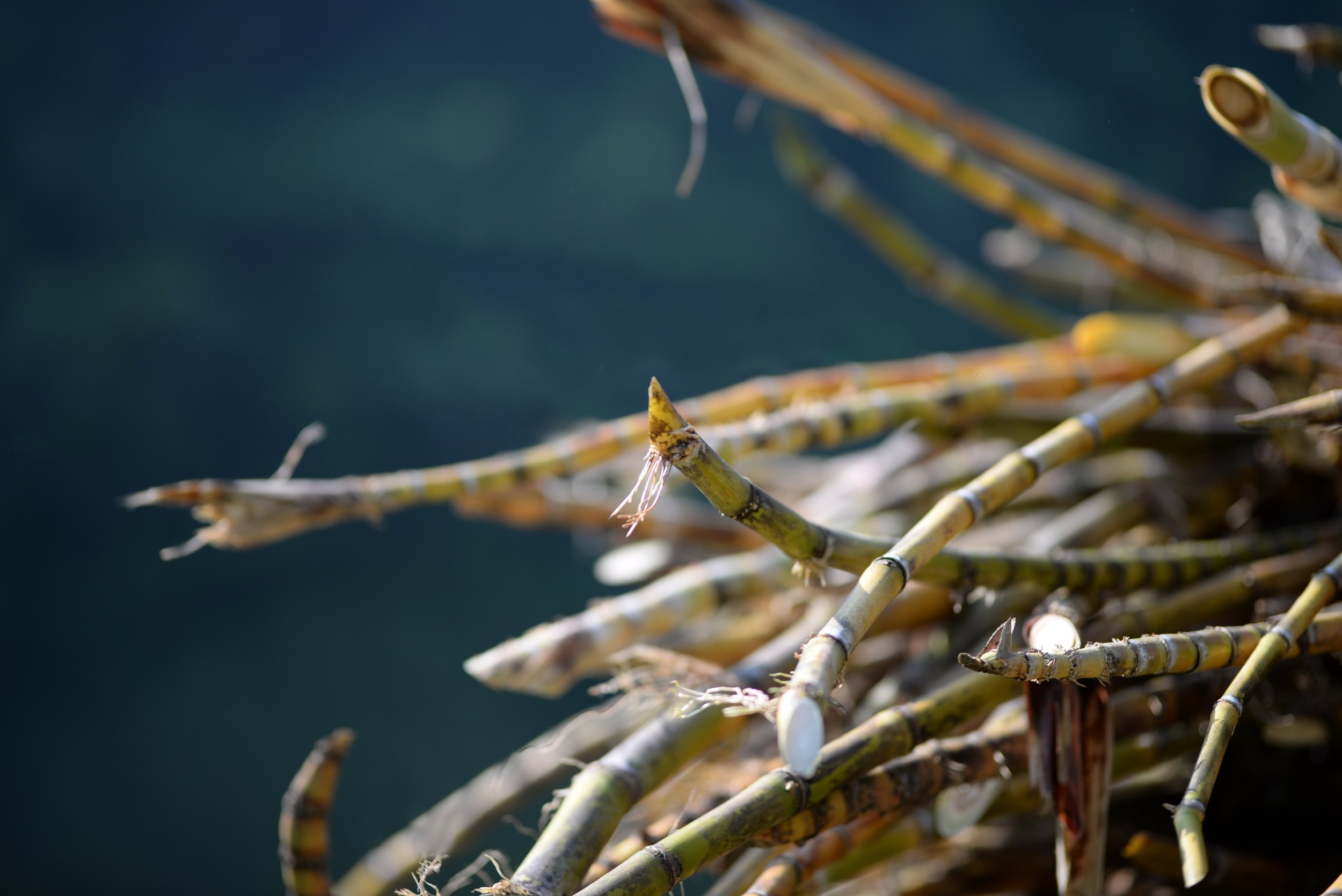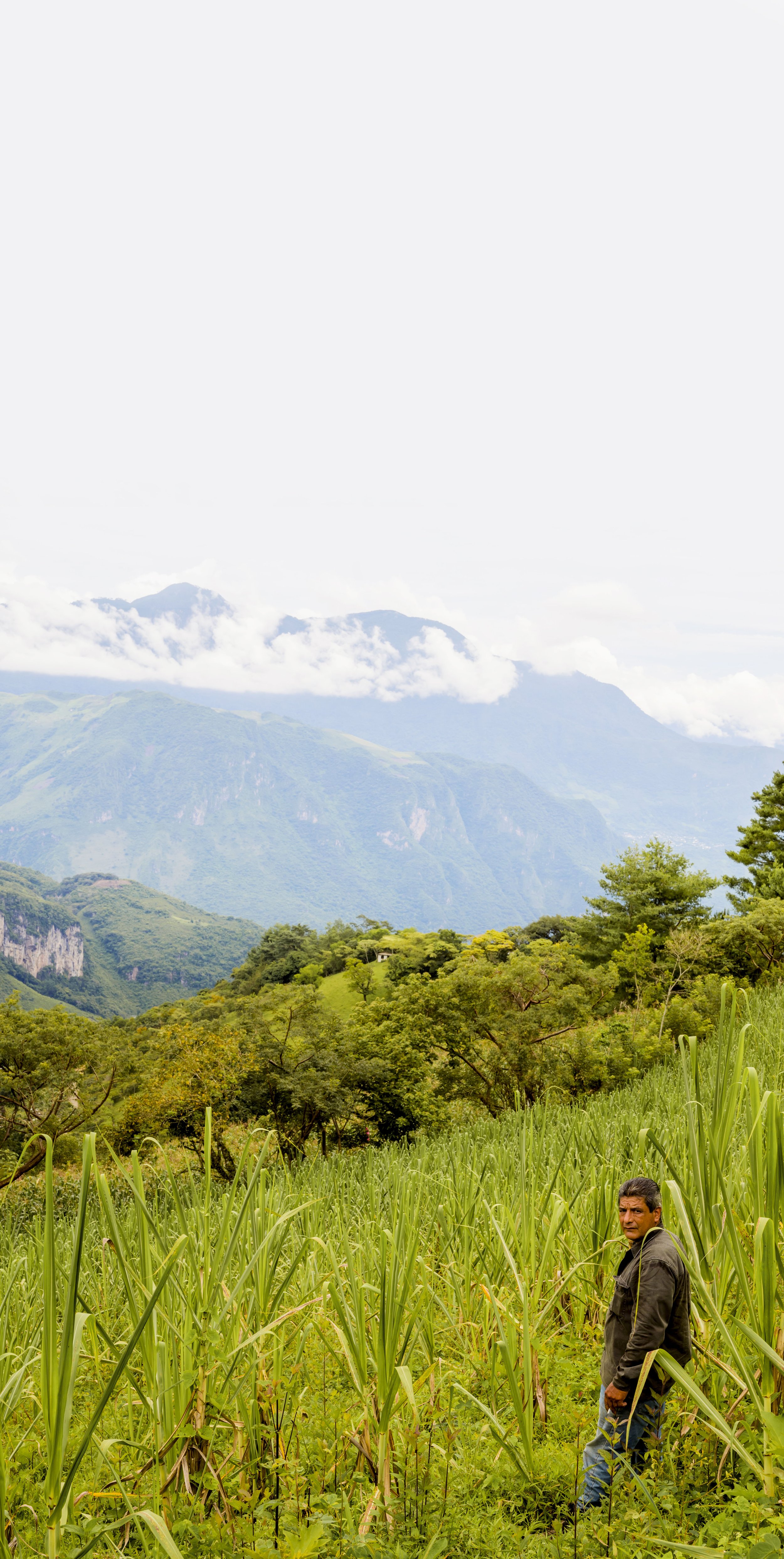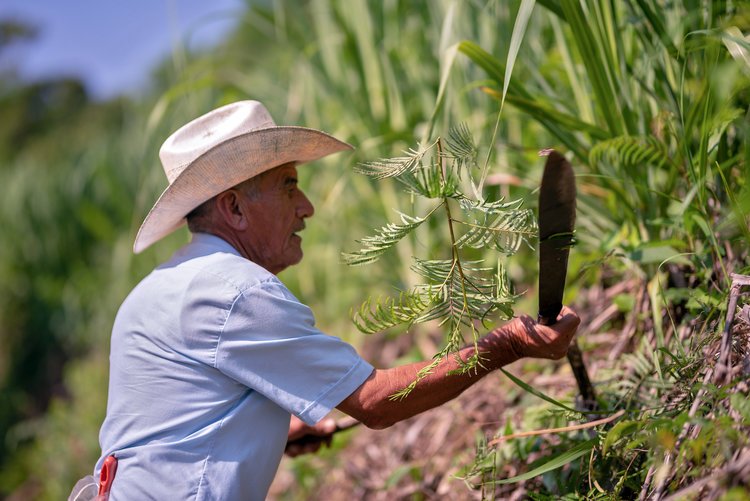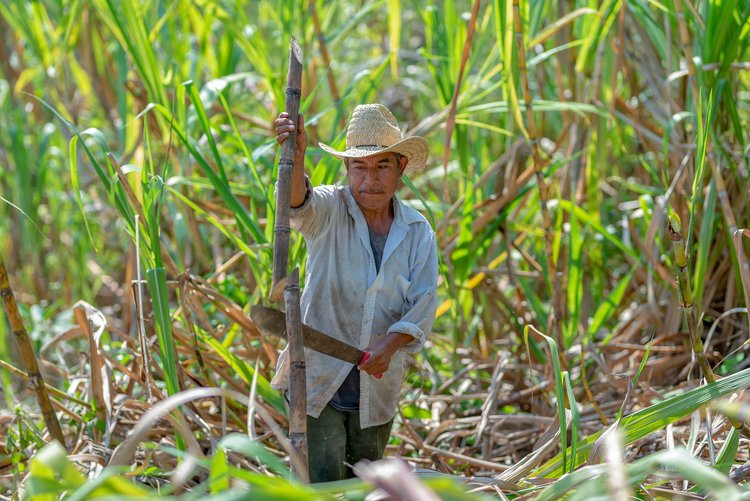
Agriculture in the Cañada
La Cañada, Oaxaca, is a region with as much biological diversity as there is linguistic variety. The region is made up of Mazateco, Mixteco, Chinanteco, and Cuicateco farmers who grow an amazing array of organic crops.
Apart from sugar cane, you will find many varieties of maize, beans, and chile, and in the lower-altitude regions with higher humidity, farmers will plant plantains, oranges, guavas, zapote negro, and mandarins. Coffee production was immensely important to the region until about twenty years ago when a widespread plague wiped out the majority of the plants in the region.

Farming in the region is labor intensive because of two important natural factors. The first is the steep hillsides that can have gradients as high as 20 degrees, meaning that all harvesting and planting must be done by hand rather than by machine or animal. The second factor is the clay loam soil characteristic of the region. Clay loam has a propensity to retain a lot of water, which makes it denser and less malleable for planting.
Despite these geographic challenges, farmers in the region persist. The Krassel family in particular plant an impressive amount of sugar cane - the plants stretch further than the eye can see. In lower altitude plots, the cane is harvested annually, and the soil of the plots is regenerated once per decade when the family plants legumes in place of cane as a method to restore nitrogen to the soil. For higher altitude plots, the cane takes 16 months to mature.
Cutting and Caring for Caña
On one hectare, 10,000 cane plants can be planted, and they will each give birth to 4-6 rhizomes. The canes are cared for manually - in their lifetime, the fields where they grow will be manually weeded with a machete.
Once harvested, the cane is tied up in bundles called manojos and brought to the nearest beast of burden. A donkey or horse will carry about 60 kg of cane to the “trapiche” (mill) so the cane can be freshly squeezed shortly after being harvested.
Completing the Cycle
After the canes have been cut, the excess leaves and stalks are left behind at the point of harvest. They will naturally integrate with the soil and serve as a protectorate against weeds that compete with the younger cane that will begin to grow.
To complete the cycle, the bagasse (spent fiber) generated from the milling of the cane is collected and permitted to degrade. In about a year’s time, that bagasse will deteriorate to the point of sediment. That sediment will be collected and added to the cane fields as a form of natural fertilizer, and keep the cyclical nature of cane cultivation alive.
Sign up for the latest dispatches
Sign up with your email address to receive news and updates.






